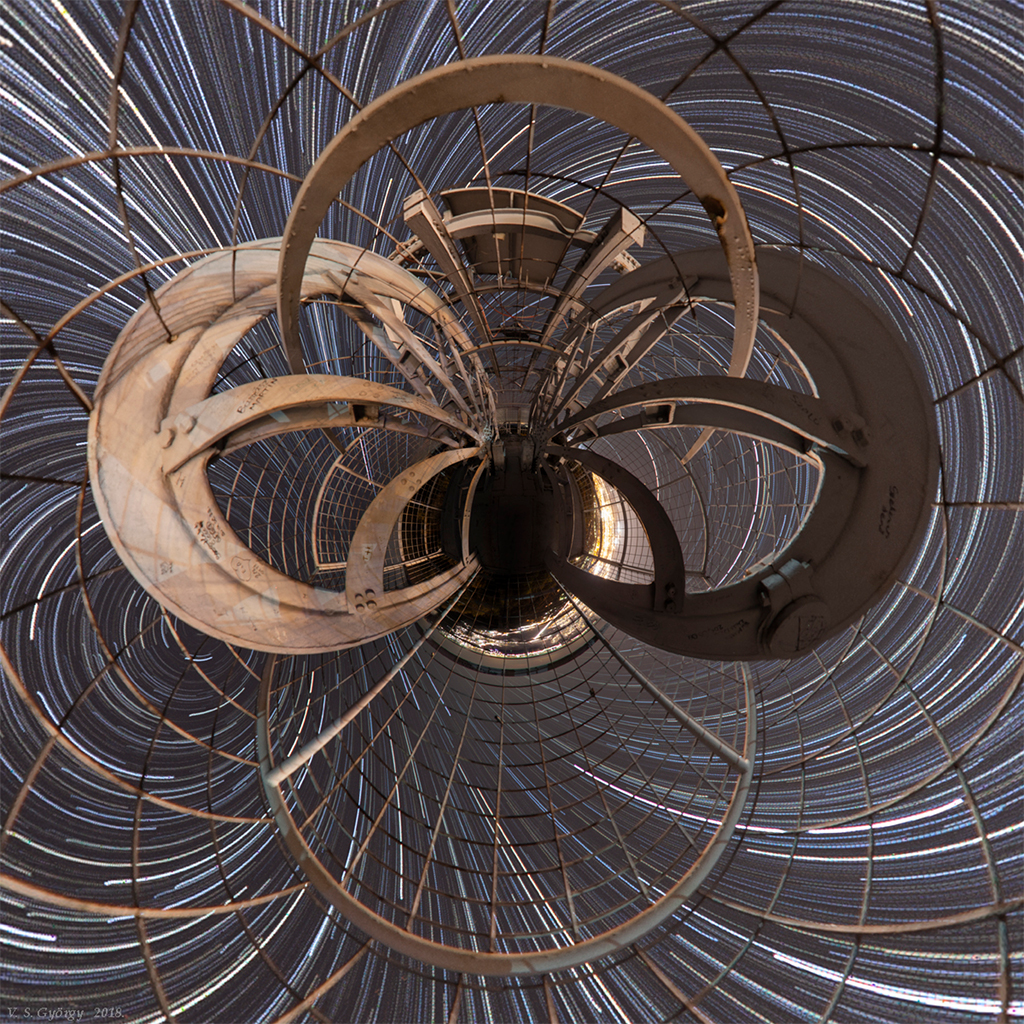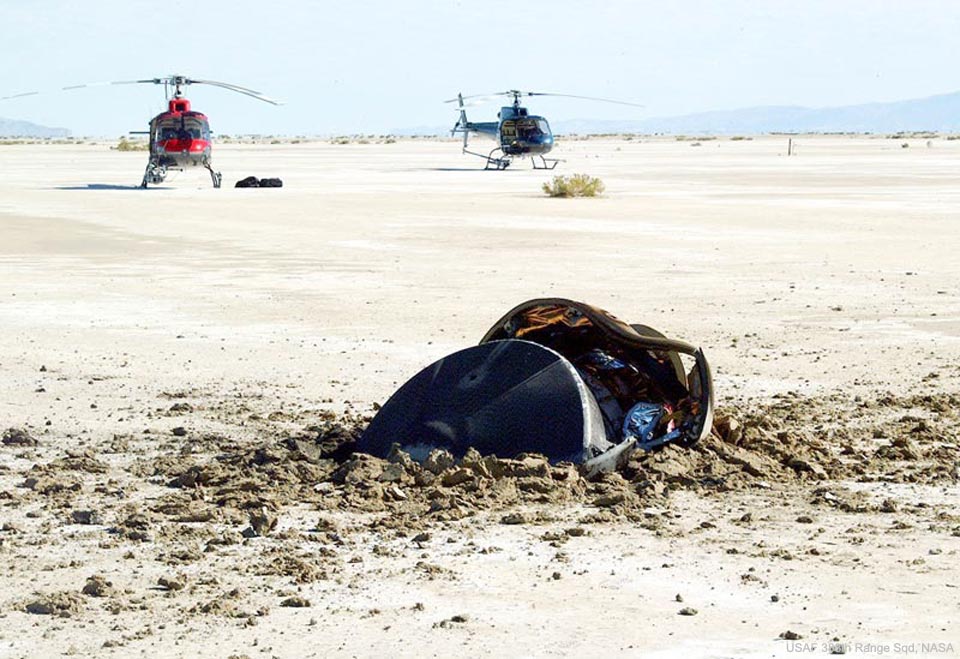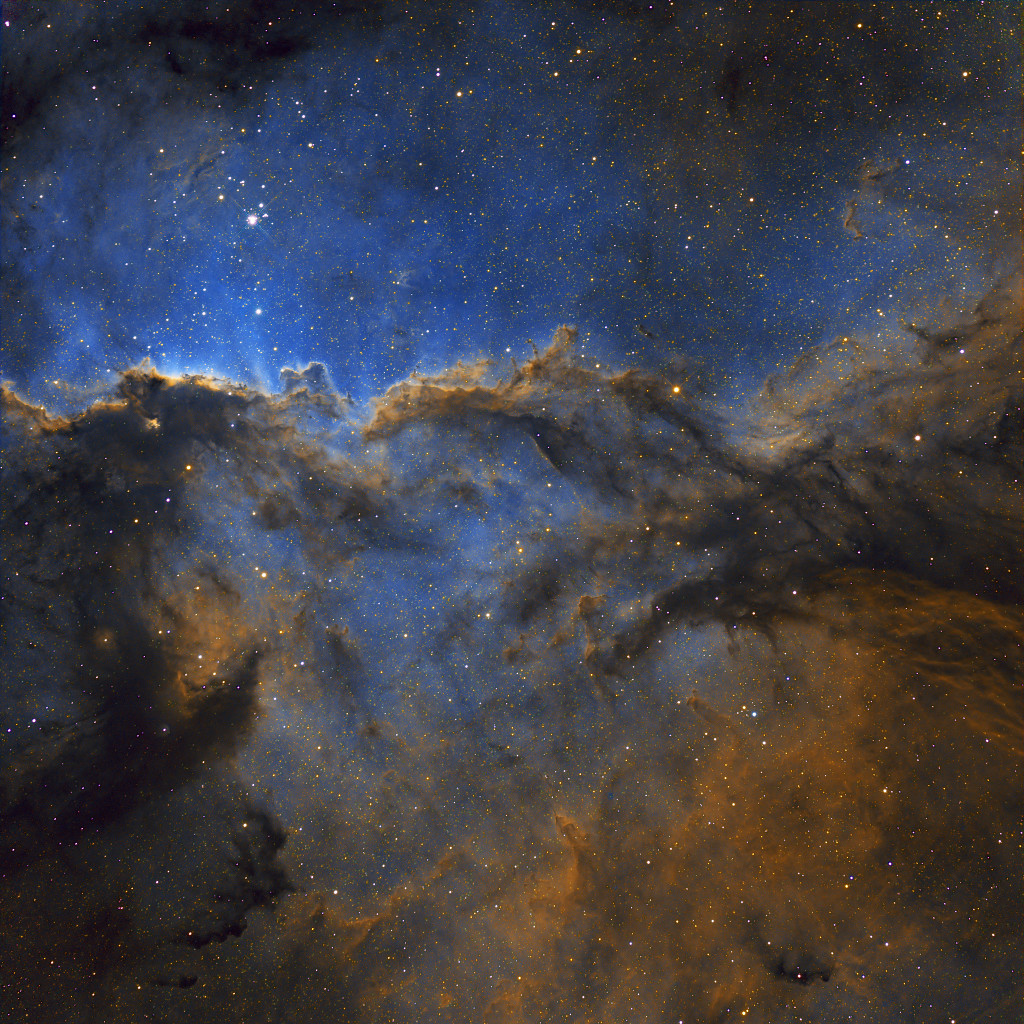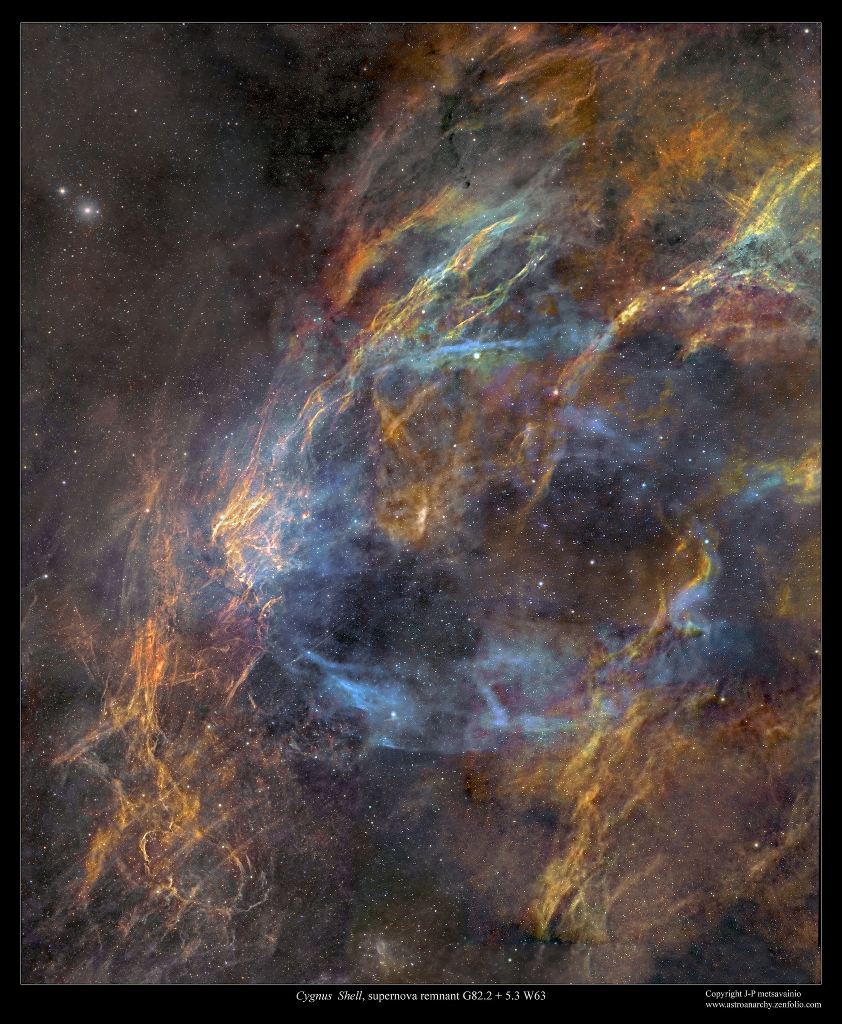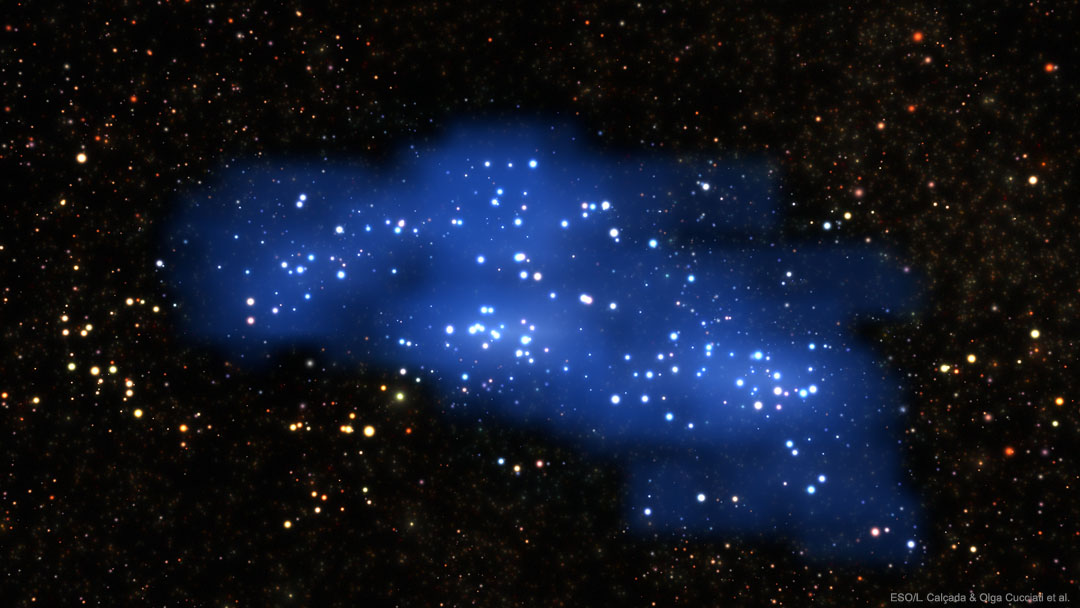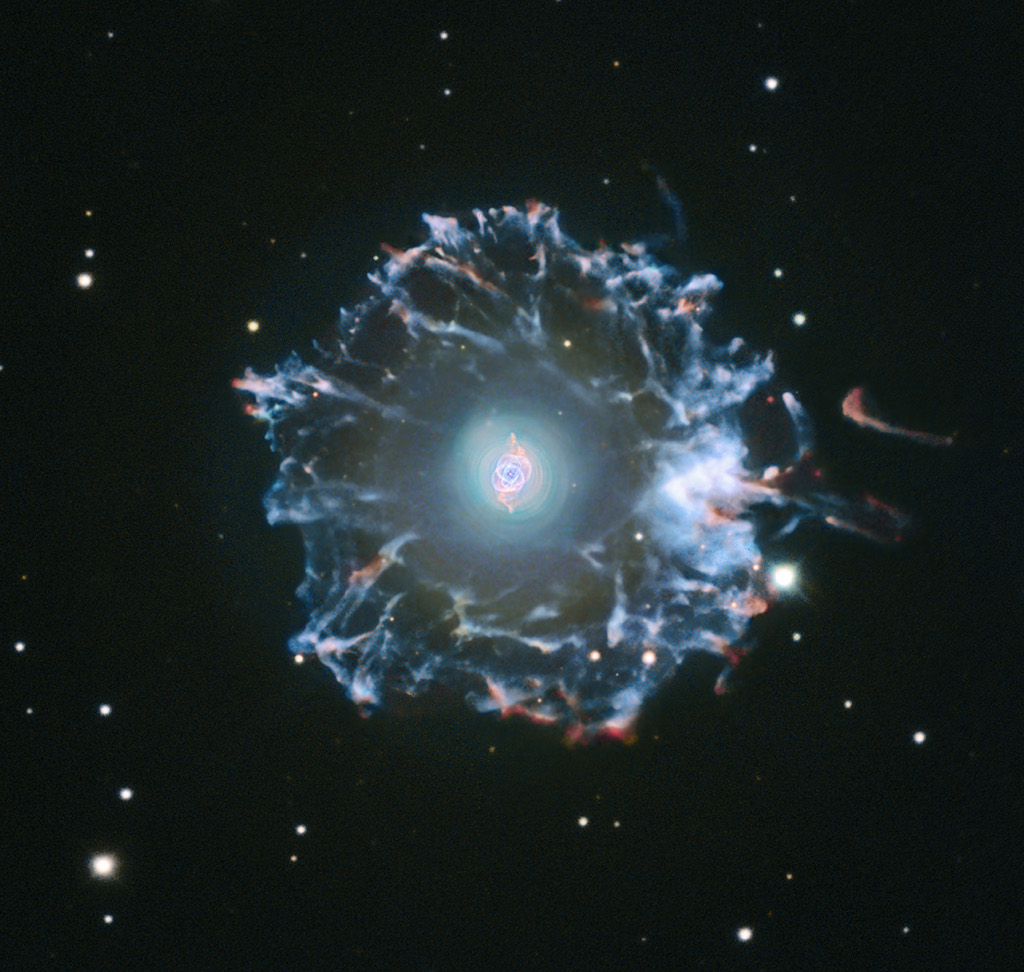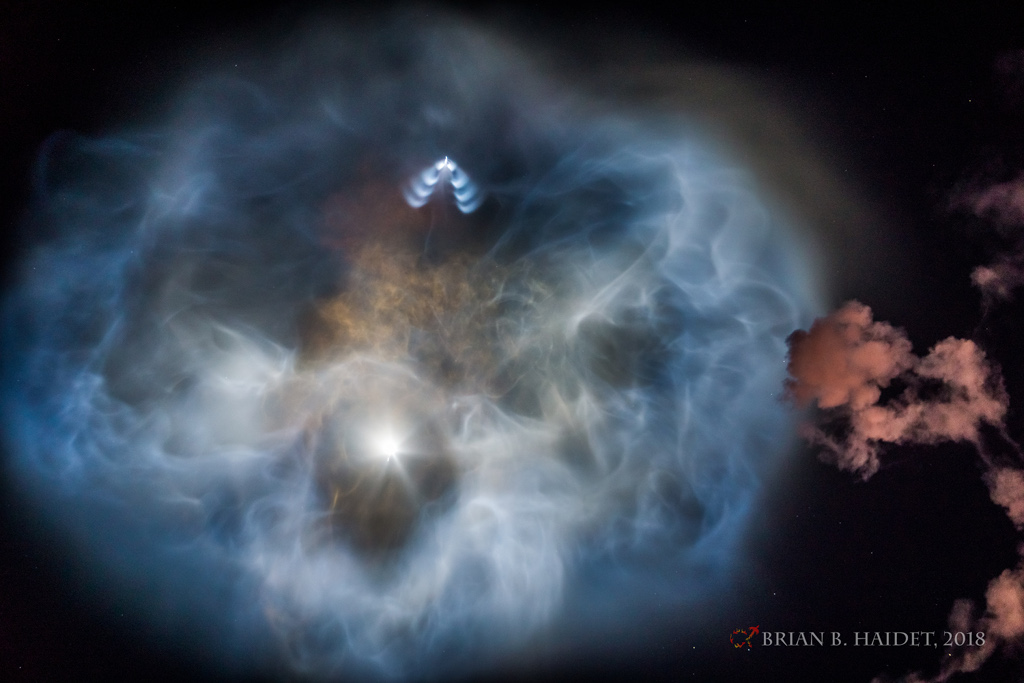
S’il y a des adeptes de champignons magiques dans votre entourage, ils se réjouiront d’apprendre que l’ingrédient actif — la psilocybine — celui qui donne au produit ses propriétés hallucinogènes, pourrait bientôt devenir un produit approuvé par les autorités médicales américaines, dans les traitements contre la dépression.
Il y a certes longtemps que des études en psychologie et en psychiatrie lui tournent autour. Des expériences ont notamment conclu à un impact positif de la psilocybine à faible dose, pour combattre des troubles obsessionnels-compulsifs. Mais bien qu’elle ne crée pas la dépendance, elle était associée, comme toute substance hallucinogène, à de nombreux effets secondaires inquiétants (angoisses, phobies, état confusionnel), ce qui a mis un frein à son utilisation médicale pendant des décennies.
Ce que l’organisme américain chargé d’autoriser de nouveaux médicaments (la FDA) vient d’annoncer n’est qu’un premier pas : une autorisation restreinte, accordée à la compagnie Compass Pathways, pour tester « à grande échelle » un traitement à base de psilocybine sur des patients atteints de dépression. Mais ce genre d’autorisation est souvent le premier pas vers une accélération du processus visant à faire passer un produit dans la catégorie « peut avoir un usage médical ».
Science-Presse

